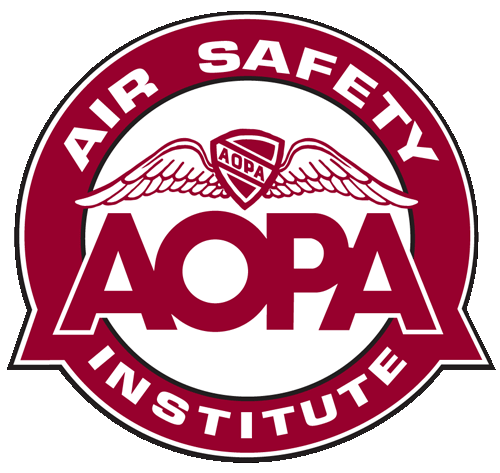6th Annual Armed Forces Weekend Celebration & Fly-In, May 20-21, in Brady, TX and Curtis Field (KBBD)!
Friday Night on the Square – FREE
Fly-In Saturday, 9-4 – FREE
A Night in London with Sentimental Journey Orchestra
Saturday night 7-11 PM
Tickets for Dinner & Dance, $30 available at www.morganmilitaryaviationmuseum.com.
Some fuel is available for warbirds! Please contact the airport if you would like to bring one!





